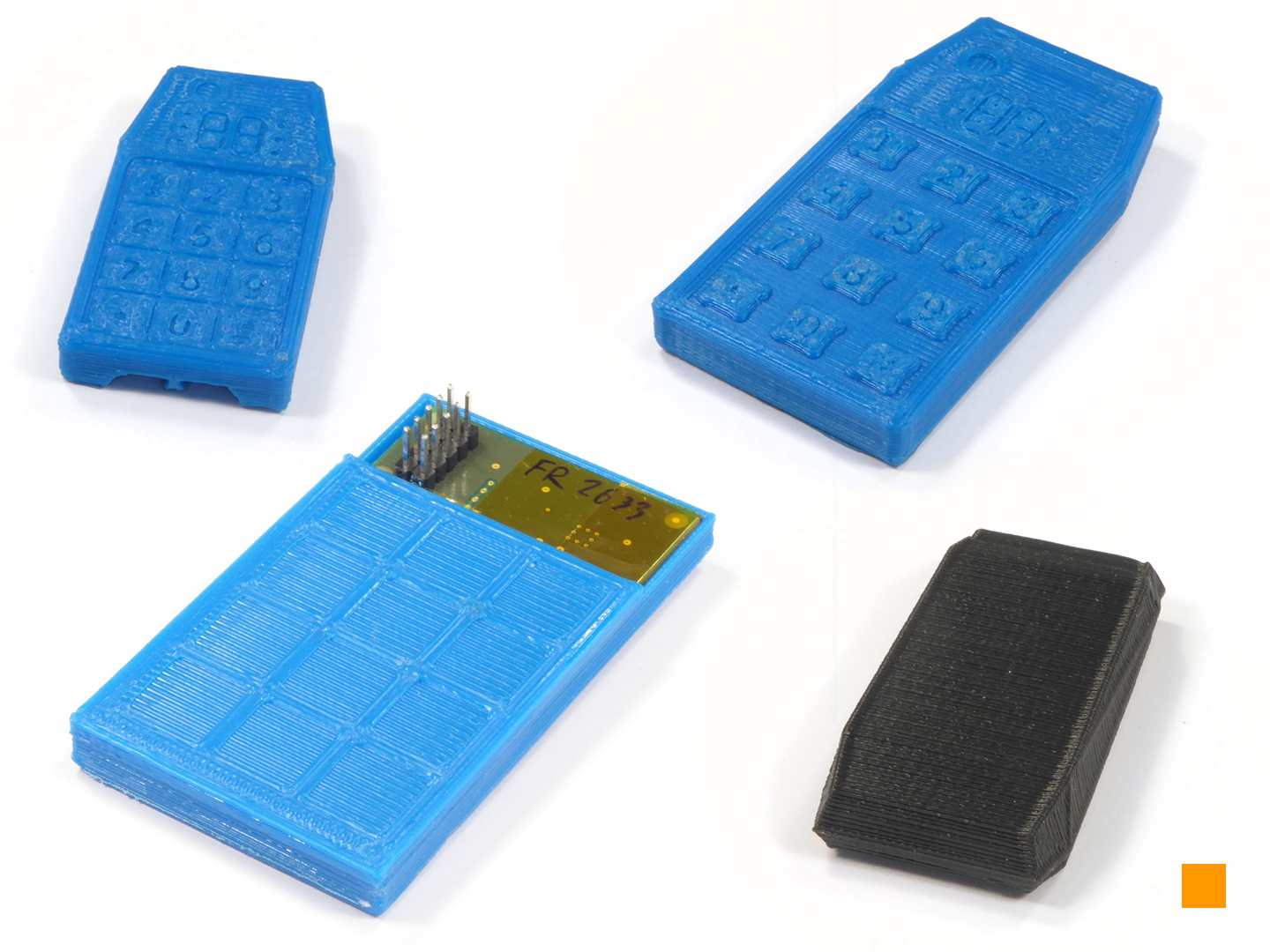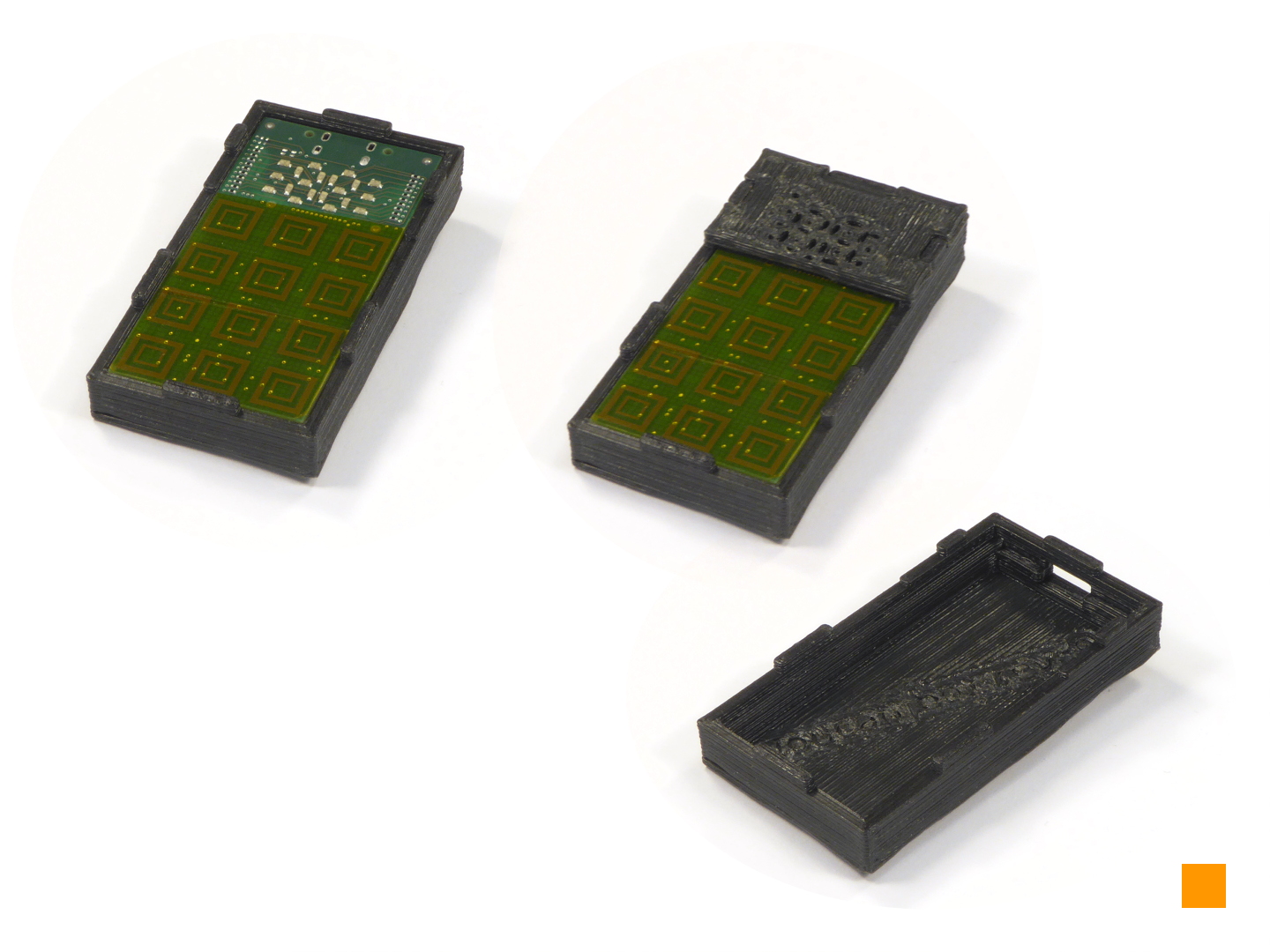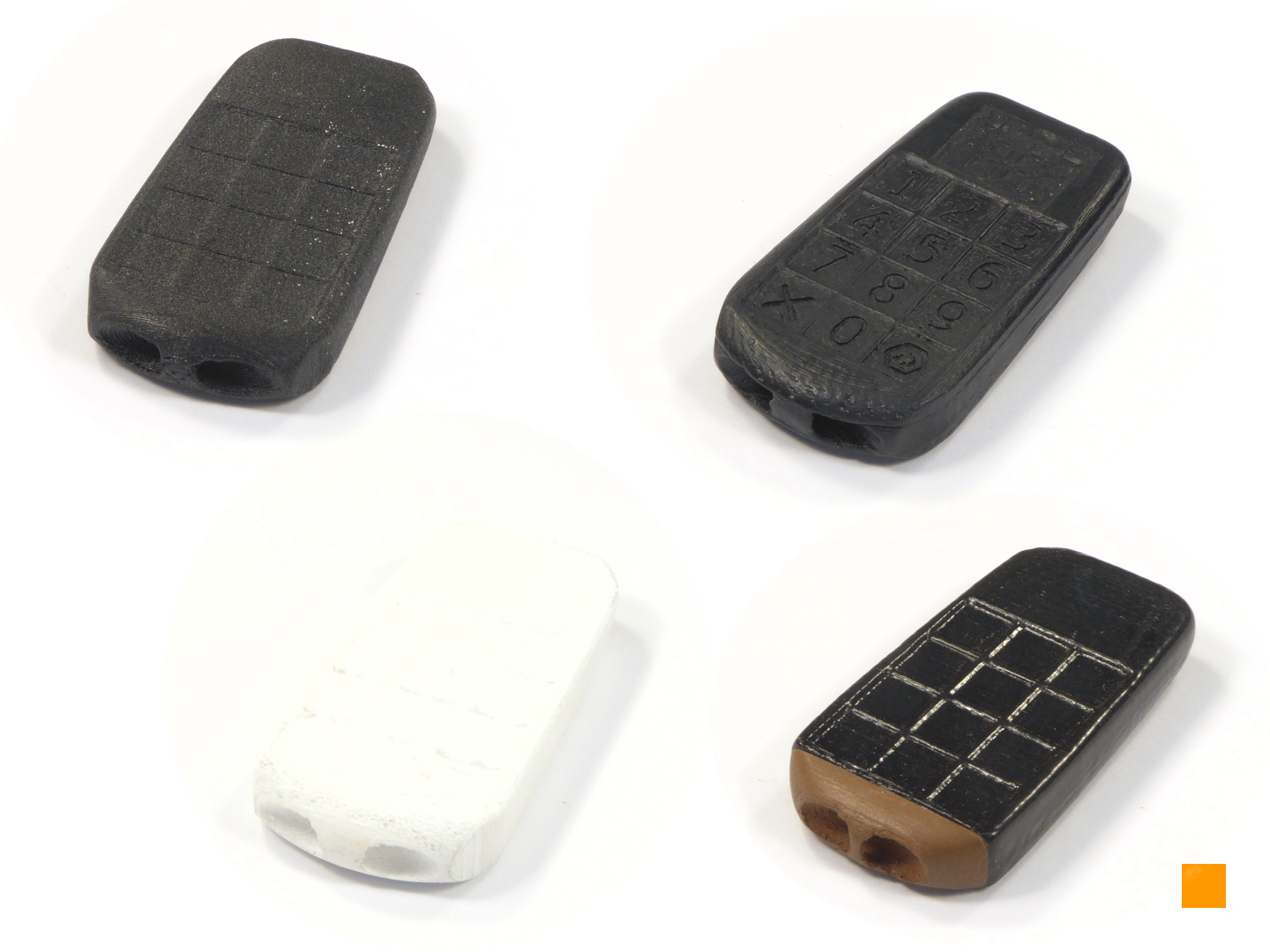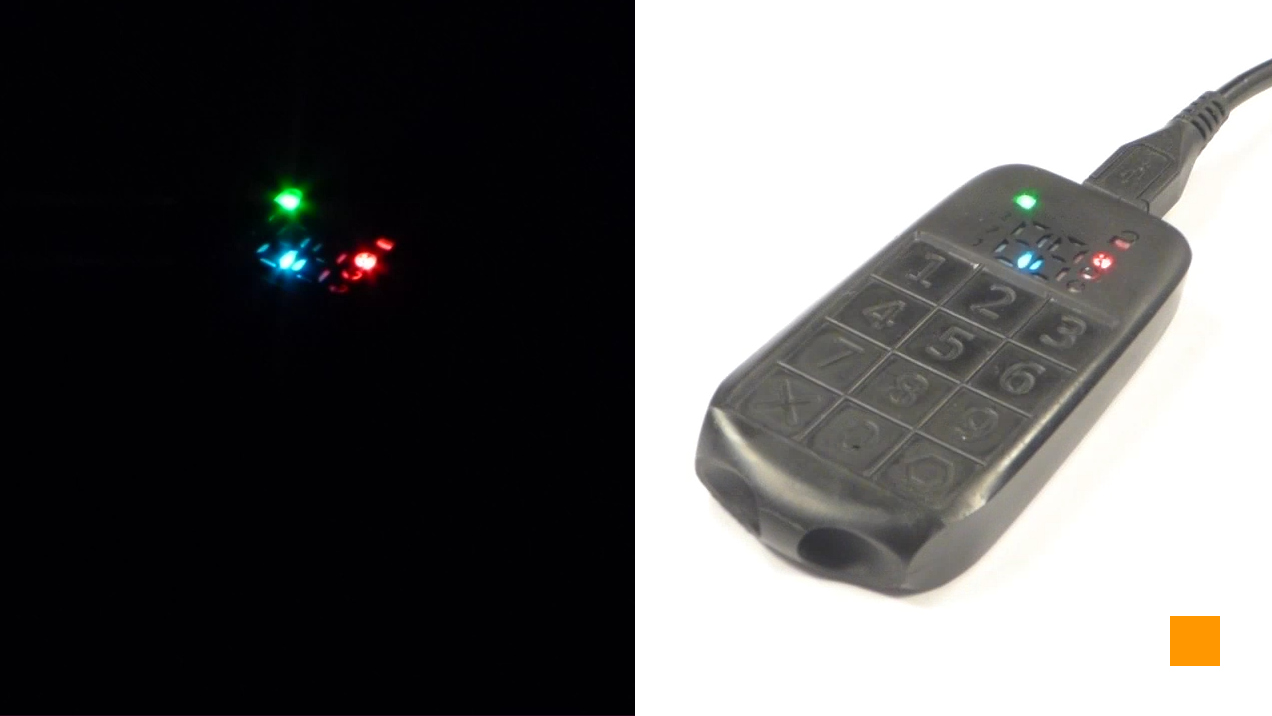Cryptoucan™ development: Design of the device shell
Written by Dominik Joe Pantůček on 2018-06-28
cryptoucanLast week, we have shown you the internal electronic circuitry board and the decisions why we choose to create Cryptoucan™ in the first place. Today we are going to show you our thoughts when designing the device exterior.
Designing a cryptographic device requires you to look at the problem from different points of view. You need to take into account the security requirements you have, you need to ensure the device can be easily used without tempting users to sidestep best practices and you also need to think about the aesthetic nature of the design. Here at Trustica we tried to approach the design with these thoughts on our minds.
The demonstration of the design process can be seen in Video 1, but read on to see some interesting challenges the design process can bring.
Video 1: Cryptoucan™ design process explained. As described last week[1] designing the integrated circuitry was very interesting project. But alongside that we focused on the physical design as well. You can find the early prototype shapes depicted in Picture 1.

Picture 1: Varying early Cryptoucan™ prototype shapes. It can be easily seen that we jumped from very conservative designs to device shapes like from a science-fiction movie. During this early stage the whole team would gather at our local café[2] and discuss the sketches, 3D models and early prototypes created on a 3D printer.
These designs served only as simple experiments before actually creating the first working prototype. During this time, we moved on from testing the ideas on our processor's the development kit and created the first revision of Cryptoucan™ printed circuit board - PCB[3] - and we needed some box to put the PCB into. The resulting box and the device can be seen in Picture 2 and it nicely shows our 3D jigsaw approach.

Picture 2: Jigsaw box for Cryptoucan™ PCB revision 1. No need for gluing, no need for squeezing the parts together, it works like any building kit which you can easily assemble together. Leveraging the parametric nature of the software we used[4], we were able to design the whole box at once and then just cut it into jigsaw pieces and after slicing it[5] we printed the result on our 3D printer.
This was the time when the paths of different members of the development team parted. Our graphic designer went on to draw some nice sketches that served as a basis for the final design, our electronic engineer dived knee-deep into creating much slimmer PCB layout and when we all met, we always tried to put it all together. You can see the development stages in Picture 3 - the gradual improvements towards the final design are apparent.

Picture 3: Various design drafts for Cryptoucan™ with PCB revision 2. With the design ready, we could test the new PCB revision 2 as seen in Picture 4 and then we were able to move on to choose the material we will use for the final product.

Picture 4: Testing Cryptoucan™ with PCB revision 2. We settled on casting the device from epoxy into a form. This has several advantages both from the security perspective and from the design perspective. Although it is not completely tamper-proof, it is definitely tamper-evident. And choosing the right epoxy can give the device a decent look and feel - similar to what a marble statue can be. If you look at Picture 5, you can see the form we used for testing this approach.

Picture 5: Casting form for the final product. It turned out that casting the device from epoxy was an excellent idea. The result feels like a small stone in your hand and the material texture gives it certain exclusive look as well. And look at Picture 6 to see what happens when the LEDs shine in the dark...

Picture 6: Cryptoucan™ in the dark and under casual lighting.
Thank you for reading this far about our new cryptographic token and if you have missed it, remember to check out the series about elliptic curve cryptography using elliptic curves in simple Weierstrass form[6] - Cryptoucan™ has some doughnuts baked in as well. See you next week! We will show you more.
References
-
https://trustica.cz/en/2018/06/21/cryptoucan-development-a-look-under-the-hood/
-
Wikipedia contributors. (2018, June 24). Printed circuit board. In Wikipedia, The Free Encyclopedia. Retrieved 22:17, June 27, 2018, from https://en.wikipedia.org/w/index.php?title=Printed_circuit_board&oldid=847373411
-
OpenSCAD - The Programmers Solid 3D CAD Modeller, available at http://www.openscad.org/
-
Slic3r - G-code generator for 3D printers, available at http://slic3r.org/
